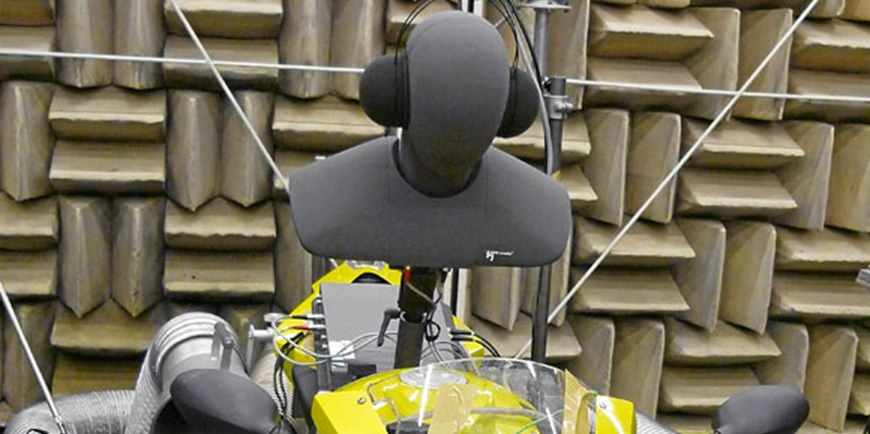
Brussels | 14 December 2021
Traffic noise is one of the four challenges identified and addressed in the ACEM “Vision 2030+ The motorcycle industry’s vision towards sustainable mobility in Europe”. The motorcycle industry accepts its share of the responsibility, and continues its proactive role in enhancing the effectiveness of noise emission regulations, whilst calling for a multi-stakeholder approach to prevent excessive motorcycle noise.
Scrutinising the 2017 “Euro 5 sound level limits of L-category vehicles” EC study
In 2016/2017, in the context of the revision of the EU type approval framework for L-category vehicles, the European Commission mandated a consortium of experts (Emisia, HSDAC, TNO, and Ricardo) to carry out a study investigating the potential for new sound limits for L-category vehicles at Euro 5 step, including a justified proposal with a Cost-Benefit Analysis of new sound limits options.
Considering the content of the report, the low number of vehicles tested and most importantly the relative lack of robustness of some of the conclusions, ACEM decided to task independent and recognised experts in both CBA and sound emissions to scrutinise the Cost-Benefit Analysis of the 2017 study.
The review performed in 2021 has been compiled in a scientific and objective manner, led by the Impact Assessment Institute (IAI), a Brussels-based foundation that impartially scrutinises the evidence for policy-making. The technical elements of the work have been conducted by Acustica, a specialist independent acoustics engineering consultancy firm.
In order to best support the work of the IAI and Acustica, ACEM also mandated Graz University of Technology to carry out an experimental study on the actual status of noise emitted from 8 powered-two wheelers. This study assessed the major noise sources according to their contribution to the overall level of pass-by noise for these vehicles (i.e. intake noise, engine noise, exhaust noise and overall noise) and was carried out by conducting measurements according to the standardized pass-by noise measurement procedure as regulated by UNECE-R 41.04.
ACEM takes
ACEM welcomes the conclusions of this independent scrutiny study as it demonstrates that a 2dB limit reduction would be technically and economically very challenging for manufacturers.
ACEM also trusts that this thorough work will once and for all put aside any ambition to reduce limits by 5dB, a scenario that is simply unrealistic.
ACEM looks forward to the conclusion of the work currently underway by Applus IDIADA and ACASA for the European Commission, to support the European Commission on the Impact Assessment of its future proposal for new sound level limits.
ACEM calls on all stakeholders, the Member States and the European Commission to review the IAI/Acustica and TU Graz reports, and on the European Commission, Applus IDIADA and ACASA, to duly consider their content and findings in order to avoid any shortcomings in the current policy-making preparatory phases that would lead to ill-advised policy recommendations.
Documents available to download
IAI and Acustica – CBA study on Euro 5 sound limits for L-category vehicles [PDF]
TUGraz – Experimental Noise Source Ranking [PDF]
Press contact
Manuel Ordonez de Barraicua. ACEM communications manager
E. [email protected]
T. +32 22 30 97 32



